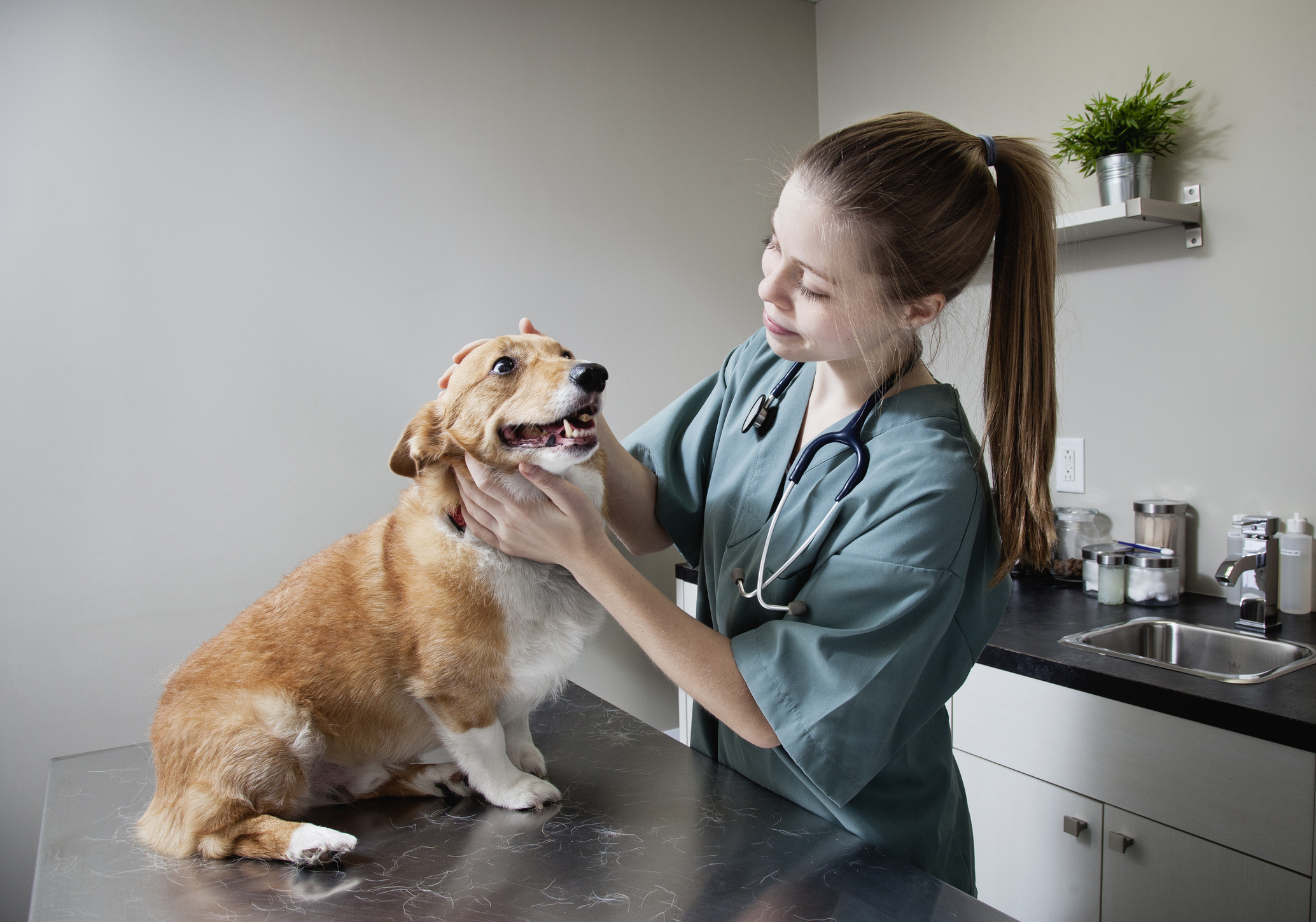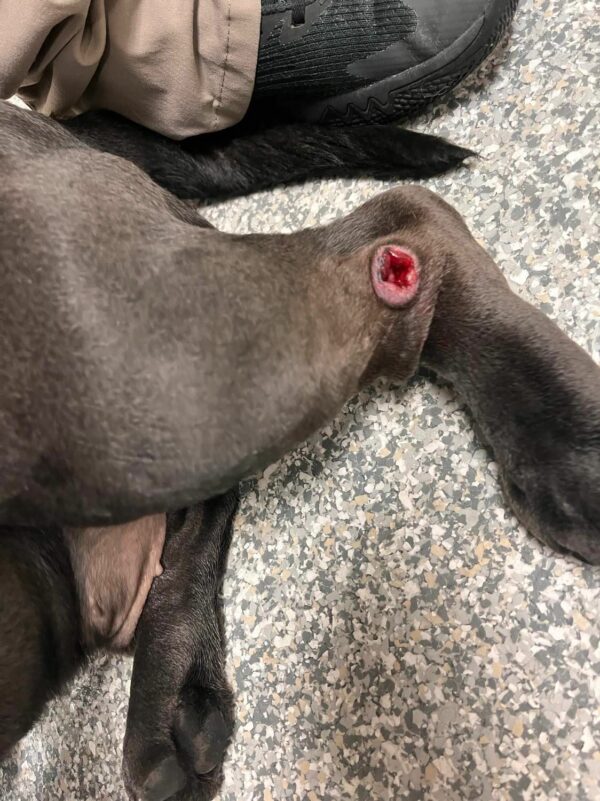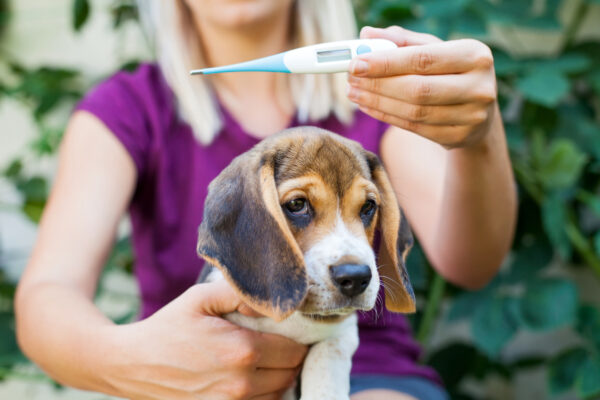It’s a pet parent’s worst nightmare – you find a lump on your dog and immediately think cancer. While about half of dogs over the age of 10 develop cancer, it can be difficult to spot early signs. Early canine cancer signs and symptoms vary and can be the same as many other conditions or illnesses, explains Len Boyko, CEO, the Pet Cancer Foundation. However, the sooner you spot cancer, the better. In many cases with a specific cancer diagnosis there are effective treatments that can help your dog live a long life.
Top six signs of cancer in dogs
Depending on the type of cancer your dog has, overall warning signs to look for can include:
- decreased appetite
- lethargy
- weight loss
- vomiting
- diarrhea
- changes in urination and defecation.
With bladder cancer, a dog may strain to urinate or have blood in his urine, and with stomach cancers, a dog’s vomit may have redness to it, or a “coffee grounds” appearance. If you see any of these signs, consult a veterinarian as soon as possible. Early detection plays a critical part of your pet’s ability to fight the cancer.
The most common cancers in dogs
Osteosarcomas are the most prevalent type of bone cancer in dogs; however, there are various types of osteosarcomas. “[A] veterinary oncologist will work to rule out chondrosarcoma, squamous cell carcinoma, synovial cell sarcoma and fungal bone infections that have similar symptoms. Identifying the specific type of cancer present is part of providing more effective treatment for the type your dog has,” says Len.
Lymphoma is the most common type of cancer seen in the practice of Dr. Daniela Korec, a veterinary oncologist at VCA SouthPaws Veterinary Specialists and Emergency Center in Virginia. Lymphoma is a cancer of the lymphatic system and lymph nodes, and since the lymphatic system exists throughout the body, there are many different types of lymphoma that can occur. She says that the most common symptom is enlarged lymph nodes, but when it impacts the gastrointestinal tract there may be other signs such as diarrhea, vomiting or changes in bowel movements.
How to spot early signs of cancer in dogs
About half of dogs over the age of 10 will develop cancer, according to the American Veterinary Medical Association. Although cancers typically fall into categories for what parts of the body they affect, such as bladder, bone or lung cancer, within these body parts, there are many different types of cancers, and it’s often hard to detect early symptoms.
Len emphasizes the importance of keeping an eye on your dog’s health at home.
“When giving them pets and rubs, feel all over their bodies to search for lumps, bumps, scratches, cuts, lesions or sores,” he says. “We should recognize that early detection of cancer is an essential part of giving any pet a better chance to fight the disease. This means as pet families that we need to pay attention to their health and well-being daily and make note of even slight changes that may be indicators of something more. That doesn’t mean we should overreact. Just being aware of their physical and emotional ‘normal,’ is important to helping them stay healthy,” Len says.
Advances in cancer diagnosis in dogs
A new multi-cancer detection test called the OncoK9, developed by PetDx, detected 26 types of canine cancers in high-risk dogs who did not show any early signs of cancer. The noninvasive liquid biopsy test may be able to help veterinarians diagnose hard-to-detect canine cancers, such as spleen, liver and lung cancers. The study was recently published in the Journal of the American Veterinary Medical Association (JAVMA).
In addition, the Pet Cancer Foundation has a host of resources on its site, www.petcancerfdn.org under “Treatment and Support” to learn more about cancer diagnoses and what to do for your dog.






